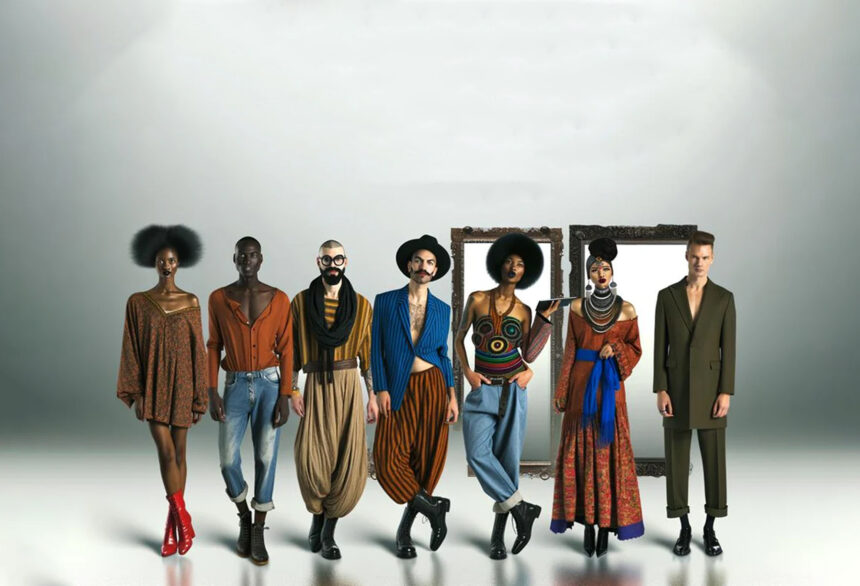You don’t wake up and choose clothes in a vacuum. Even on the days when you think you’re “just throwing something on,” your brain is making quiet decisions about comfort, identity, mood, and how you want to be seen. Getting dressed is one of the most personal rituals we repeat every day, yet we rarely stop to think about what’s really going on behind it. It’s no surprise that so many style conversations now live online, with platforms like Lookberry shaping how people discover looks, save ideas, and reflect on their own image in a very public way.
Style is a form of personal storytelling
Your clothes act like subtitles for your personality. They often communicate things before you open your mouth — creativity, seriousness, confidence, nostalgia, rebellion, practicality. A sharply tailored jacket can suggest control or ambition. A worn leather bag might hint at someone who values experience over polish. Even color choices send signals. Dark tones can carry authority or mystery, while brighter shades often suggest openness or energy.
Most people don’t consciously dress “to send messages,” yet the messages still go out. Clothing helps you build a narrative others will read, whether you intend it or not. Over time, patterns in the way you dress become part of how people remember you, just like your voice or your laugh.
What you wear often reflects how you feel inside
Psychologists have long studied the connection between mood and clothing. When people feel low, they tend to choose softer fabrics or muted colors. When confident, they might experiment more. There’s also something strangely powerful about the reverse effect — wearing certain pieces can shift how you feel.
A structured blazer can make you act more focused. A favorite hoodie can soften a stressful day. Clothing doesn’t just reflect emotion; it gently nudges it. That’s why some people treat getting dressed as a form of self-regulation. They don’t choose outfits just for others — they choose them to stabilize, motivate, or express what they’re processing inside.
Dressing for identity, not approval
Personal style matures when it stops being about permission. Many people start by copying trends, influencers, or peer groups. Over time, something changes. You become more interested in how clothes feel to you than how they perform socially. The awkward teenage phase of “does this look right?” slowly transforms into a quieter confidence: “this feels like me.”
It’s also why style is so tied to life shifts. Career moves, relationships, cities, and age all change how you dress. New environments trigger identity revisions, and wardrobes evolve in response.
Why people judge style so quickly
Humans learned to read visual cues for safety and belonging long before fashion existed. Clothes are just a modern version of that instinct. We scan outfits for hints — lifestyle, values, social group — in less than a second. It’s not shallow. It’s survival instinct playing dress-up.
That doesn’t mean judgments are fair, but it explains why they happen. Clothing becomes a shortcut for understanding others, even when it oversimplifies who they really are.
Style as quiet self-therapy
For many, personal style is a form of emotional maintenance. Shopping, organizing clothes, experimenting with new combinations — all of it can feel grounding. Your wardrobe becomes a tiny universe you can control when other parts of life feel unpredictable.
Clothes won’t fix your problems, but they often help you carry them differently. And sometimes, that’s enough — a subtle shift in how you stand, move, and see yourself in the mirror.
Your style isn’t just about trends or aesthetics. It’s a dialogue between who you are, who you were, and who you’re becoming. It changes quietly, honestly, and often without your permission — telling the world a story you’re still in the middle of writing.


